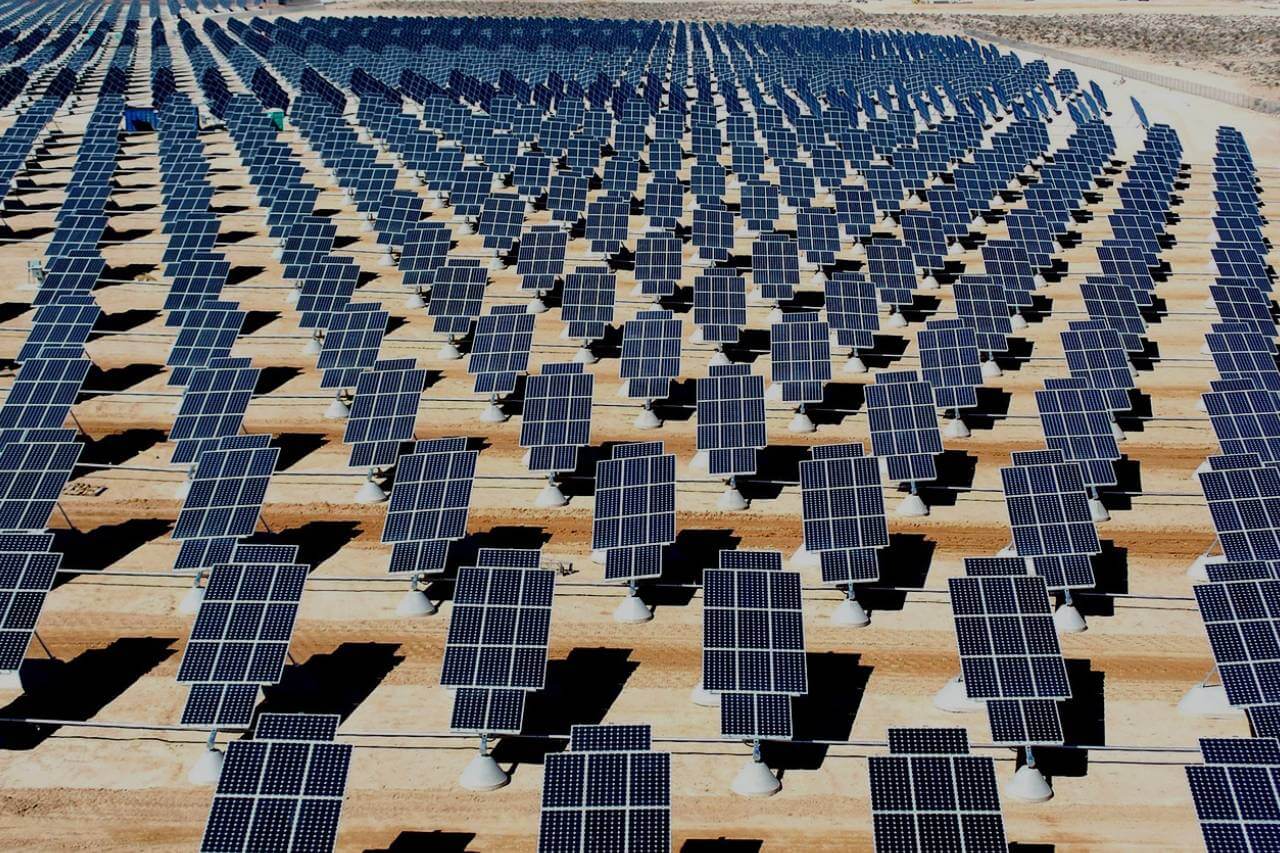How Data Science in Solar Energy Can Improve Efficiency
Data science plays a crucial role in the solar energy sector, as it allows for the analysis of large amounts of data generated by solar panels and other equipment, as well as data on weather, energy consumption, and land use.
Data can come from various sources in the solar energy sector, including solar panels, weather stations, energy consumption meters, and land use maps. This data can be used to improve the performance and efficiency of solar power generation and identify new opportunities for growth and expansion.
You’re reading the article, Data Science in Solar Energy Sector.
Some examples of the types of data that are commonly used in the solar energy sector include:
- Solar panel data: This can include data on the electrical output of individual solar panels, as well as temperature, current, voltage, and other performance metrics. This data can be used to monitor the performance of individual solar panels and identify any issues affecting their output.
- Weather data: This can include data on solar radiation, temperature, wind speed, and other meteorological factors that can affect the performance of solar panels. This data can be used to predict solar panels’ energy output and identify areas well-suited for solar power generation.
- Energy consumption data can include the energy consumed by homes, businesses, and other customers. This data can be used to predict energy demand and to identify areas where solar power could be used to displace fossil fuels.
- Land use data: This can include data on the land area available for solar power generation, zoning, zoning laws, and other regulations that can affect the development of solar power projects.
- Maintenance data: This can include data on the state of the solar panel, inverters, and other equipment, weather logs, and the history of preventive and corrective maintenance.
- All these data, when analyzed correctly, can be used to make more informed decisions, improve the performance of solar power systems and ultimately lead to more efficient, cost-effective, and sustainable solar power generation.
This can be used to optimize the performance and efficiency of solar power generation and identify new opportunities for growth and expansion.
You’re reading the article, Data Science in Solar Energy Sector.

You’re reading the article, Data Science in Solar Energy Sector.
Data science can contribute to the solar industry in several ways to improve efficiency. Some examples include:
1. Optimizing solar panel performance: Data science can be used to analyze large amounts of data from solar panels to identify patterns and trends that can be used to optimize their performance. This can include identifying which panels are performing well or poorly and factors that may be affecting their performance.
2. Improving energy forecasting: Data science can be used to analyze weather data and historical energy consumption data to improve the accuracy of energy forecasting. This can help solar power generators to better predict how much energy they will generate and sell, which can help them to optimize their operations and plan for future growth.
You’re reading the article, Data Science in Solar Energy Sector.
3. Monitoring and prediction of solar panel degradation: By analyzing data from solar panel sensors, a data scientist can develop models that monitor and predict solar panel degradation, which can help in the early maintenance and replacement of underperforming solar panels.
4. Identifying new locations for solar farms: Data science can be used to analyze data on factors such as solar radiation, land use, and weather patterns to identify areas that are well-suited for solar power generation. This can help companies to identify new locations for solar farms and to optimize the placement of solar panels within those farms.
You’re reading the article, Data Science in Solar Energy Sector.
5. Smart grid integration: Data science can be used to analyze data from the electrical grid to predict energy demand and supply, helping to make sure that solar energy is delivered to where it is needed most and helping to manage the integration of solar energy into the grid.
6. Predictive Maintenance: Using data from solar panels and inverters, machine learning models can be trained to predict when a component is likely to fail, which can help to schedule preventative maintenance and avoid costly repairs.
You’re reading the article, Data Science in Solar Energy Sector.
All these techniques, when implemented correctly, can lead to more efficient and cost-effective solar power generation.
Read the article, Applying Data Science to Improve Solar Power Production and Reliability or Download PDF.
Hope you liked reading the article, Data Science in Solar Energy Sector. Please share your thoughts in the comments section below.





